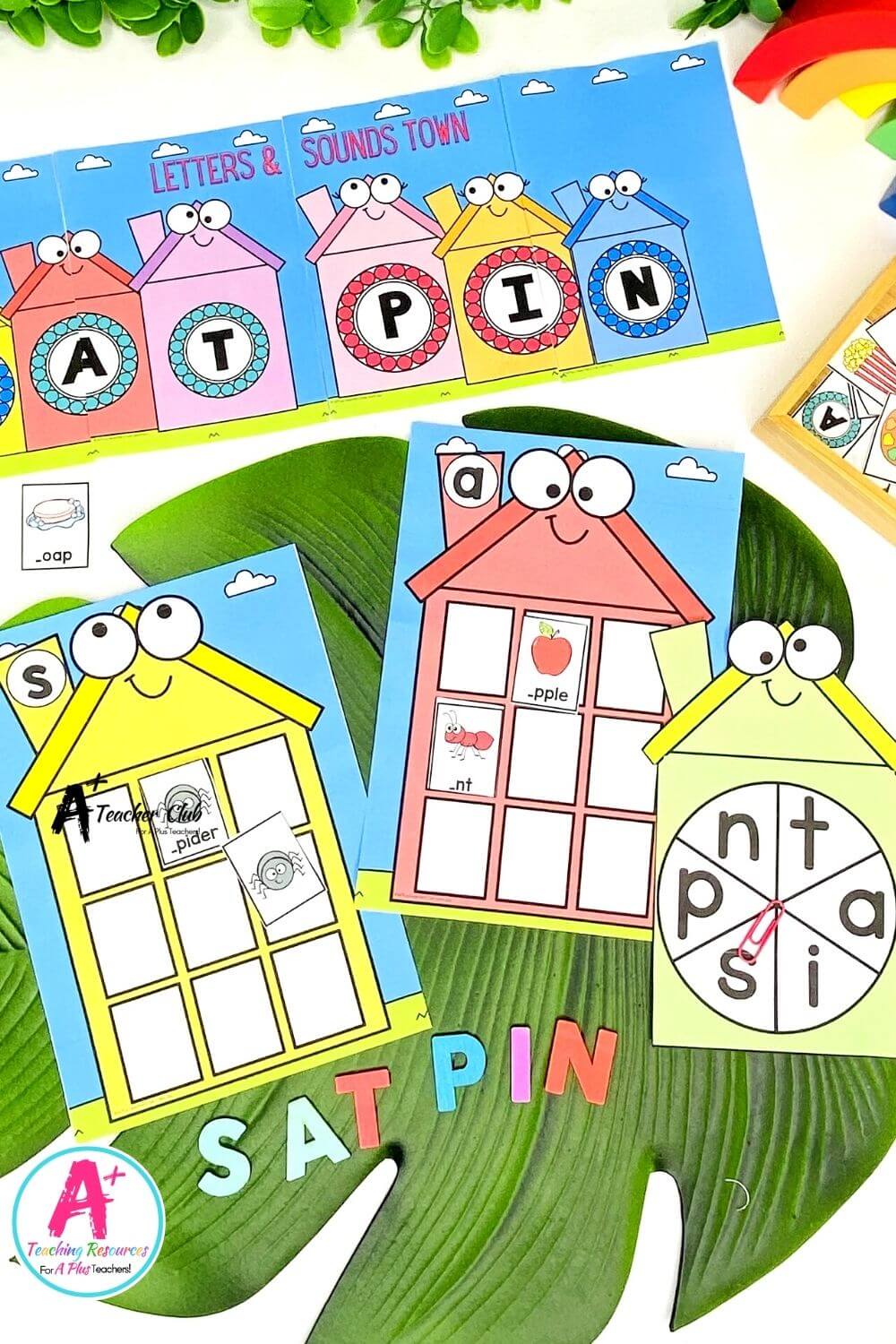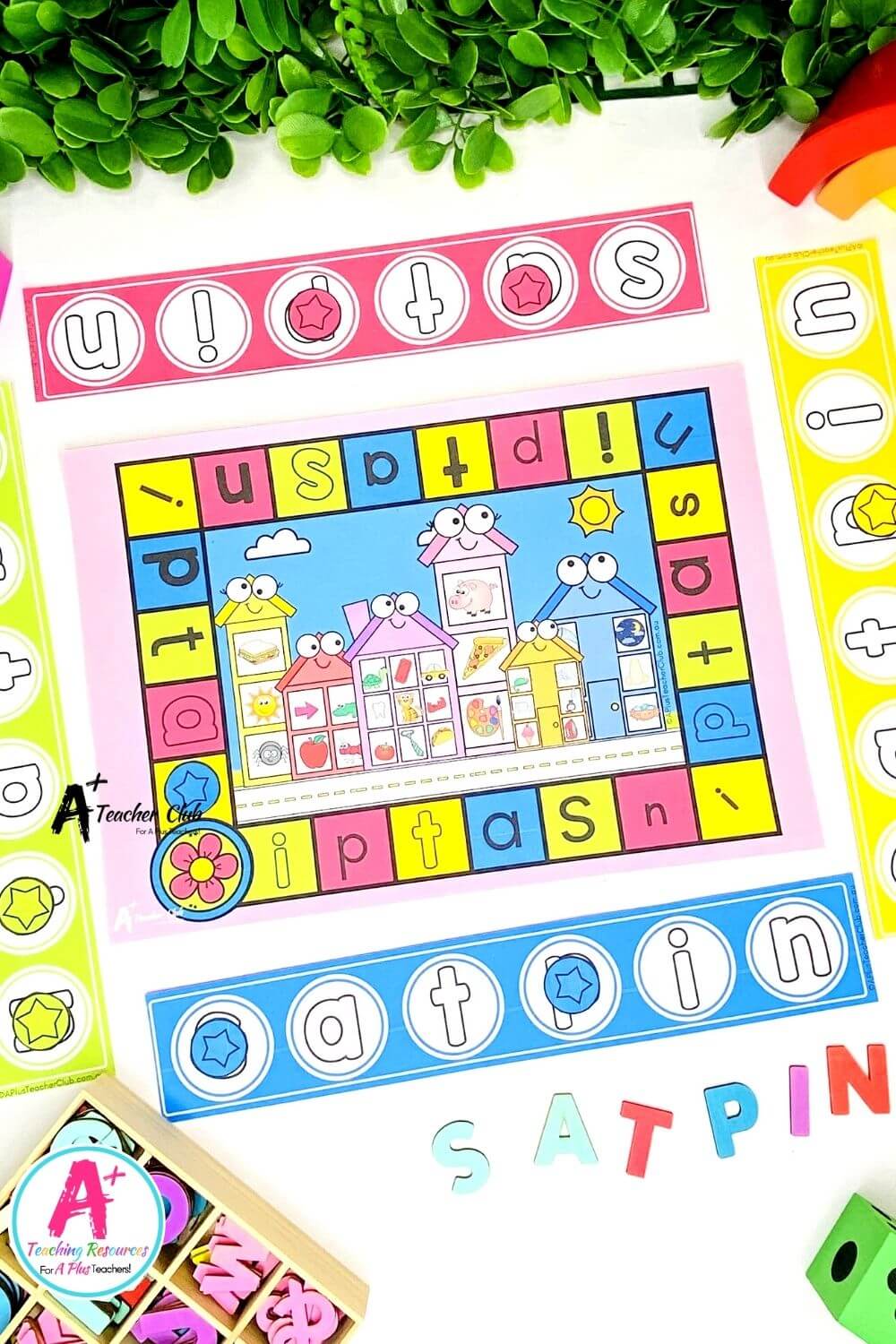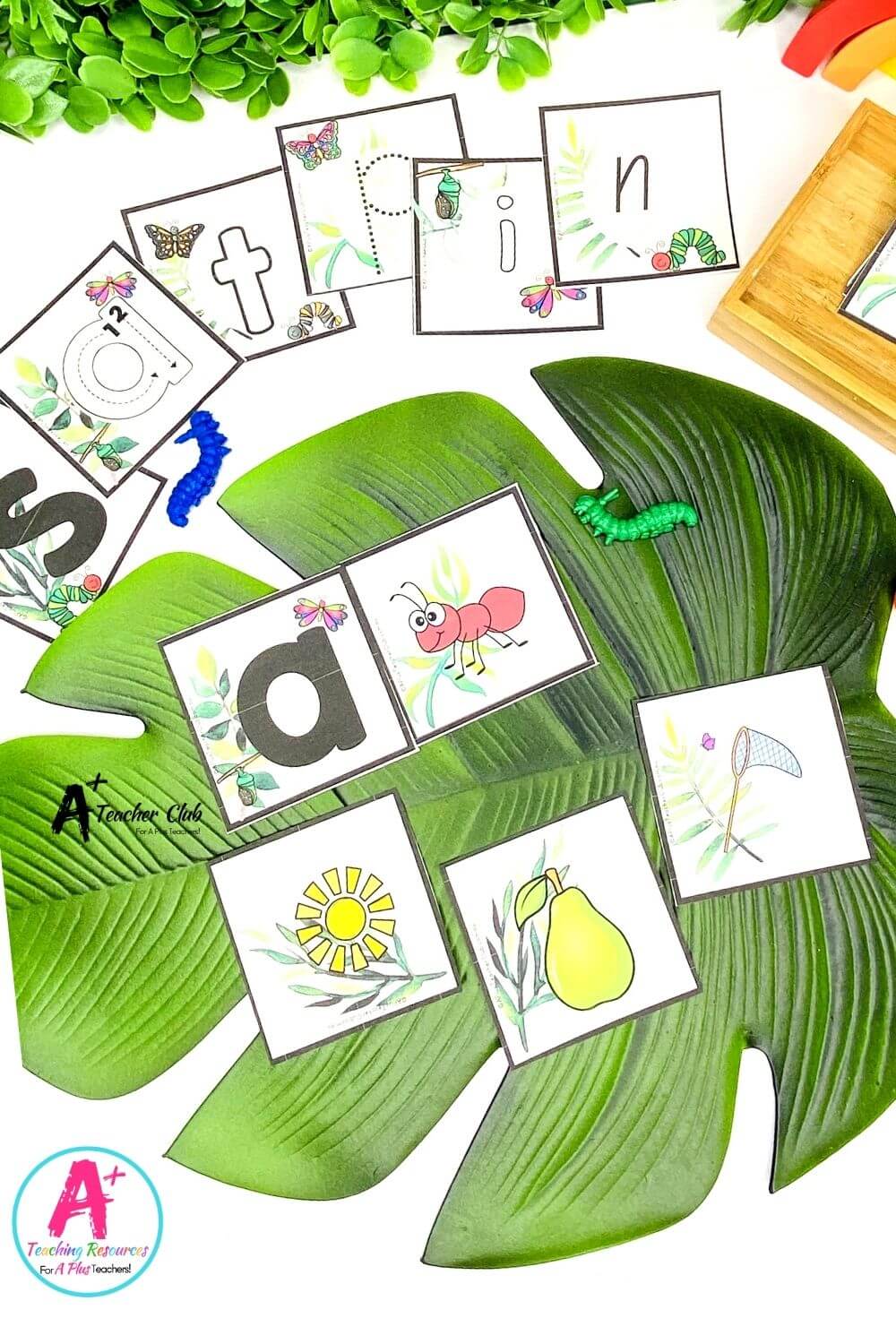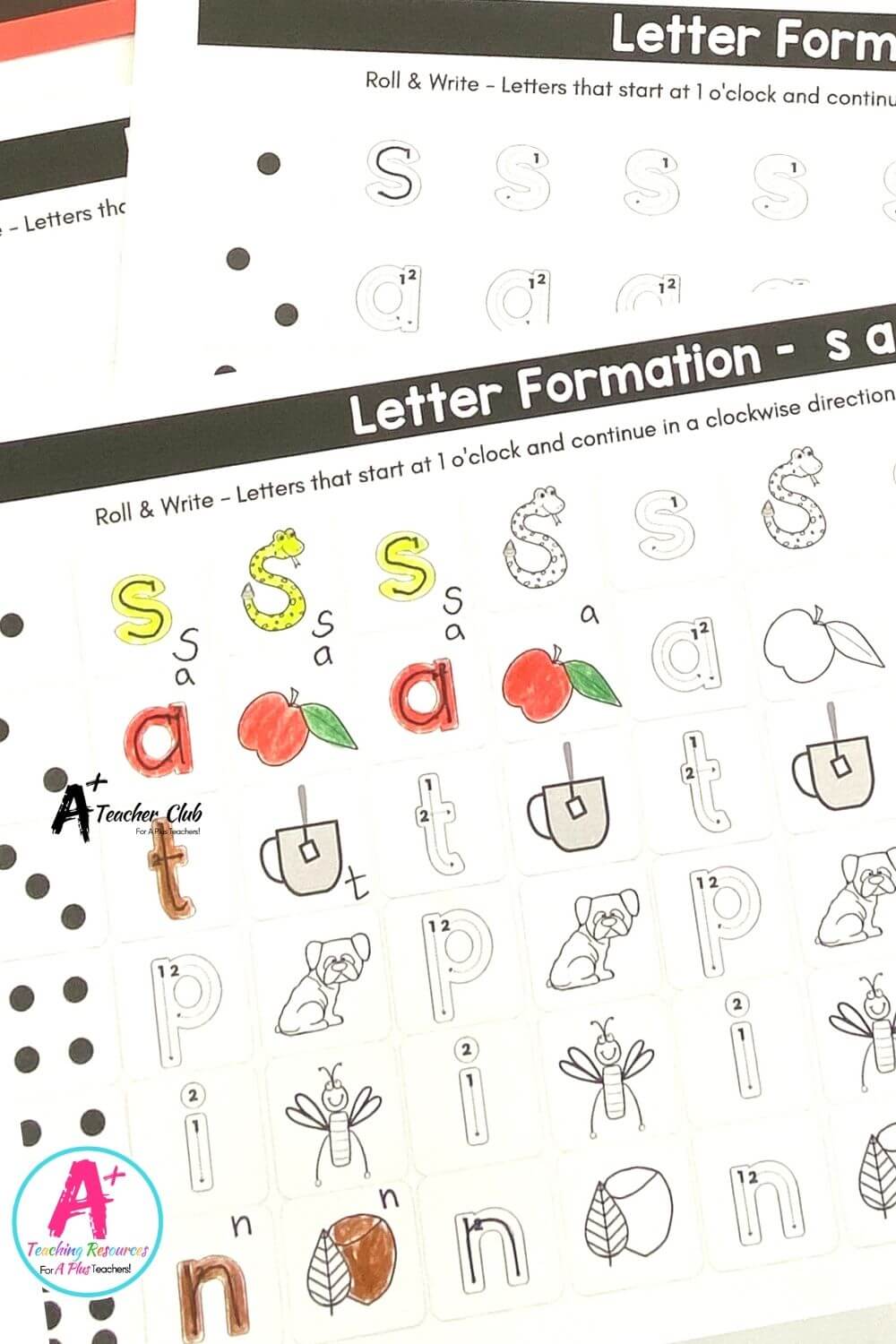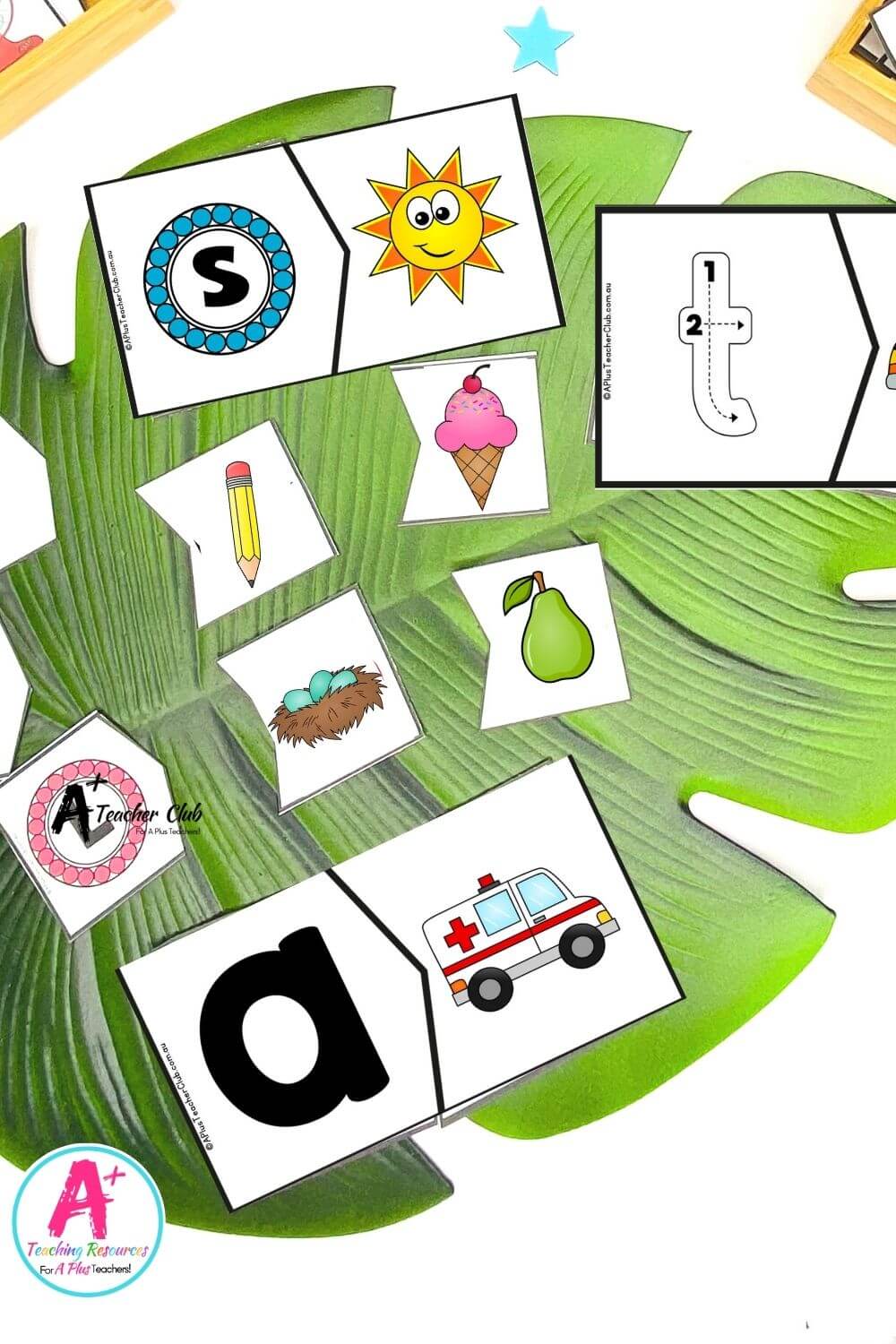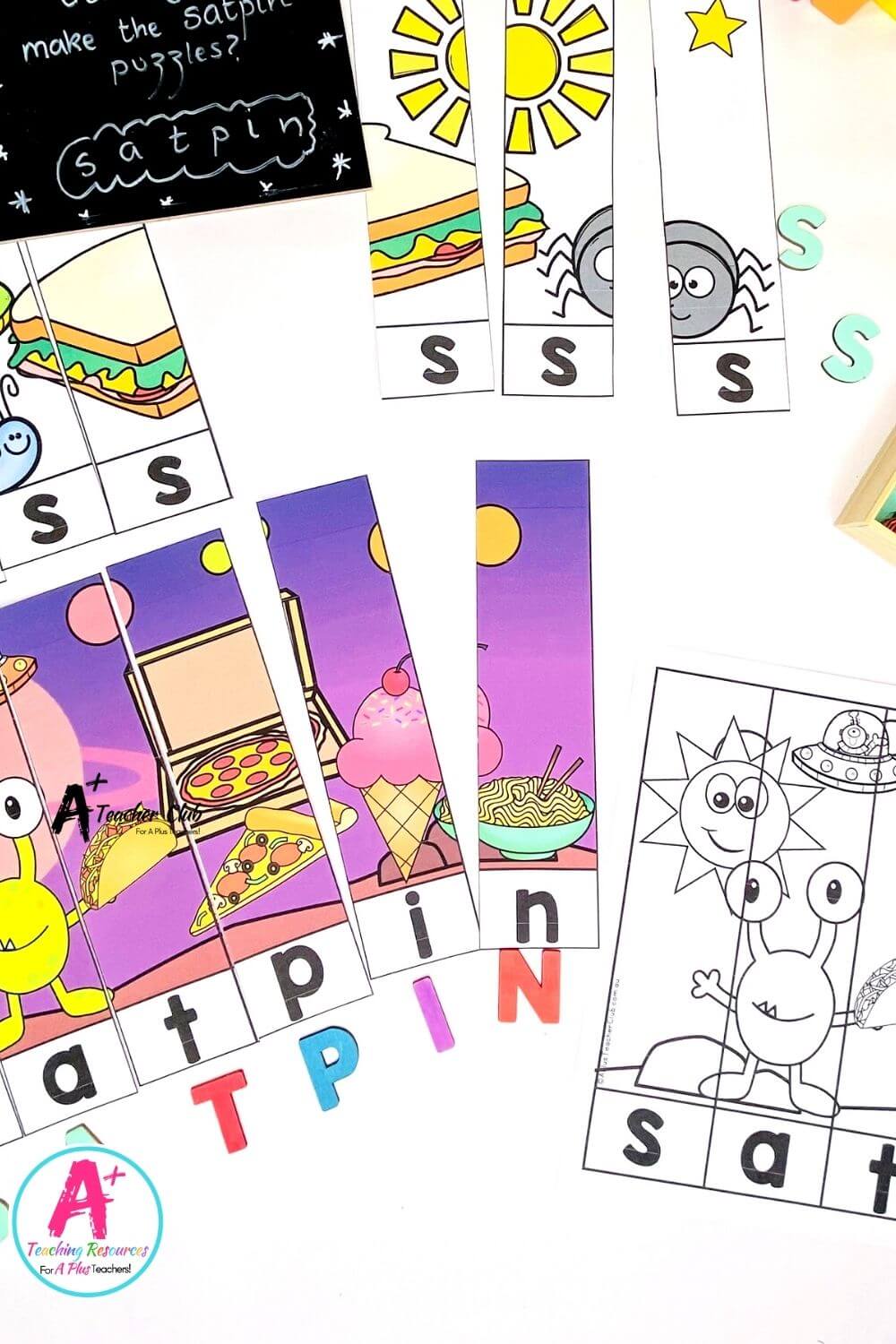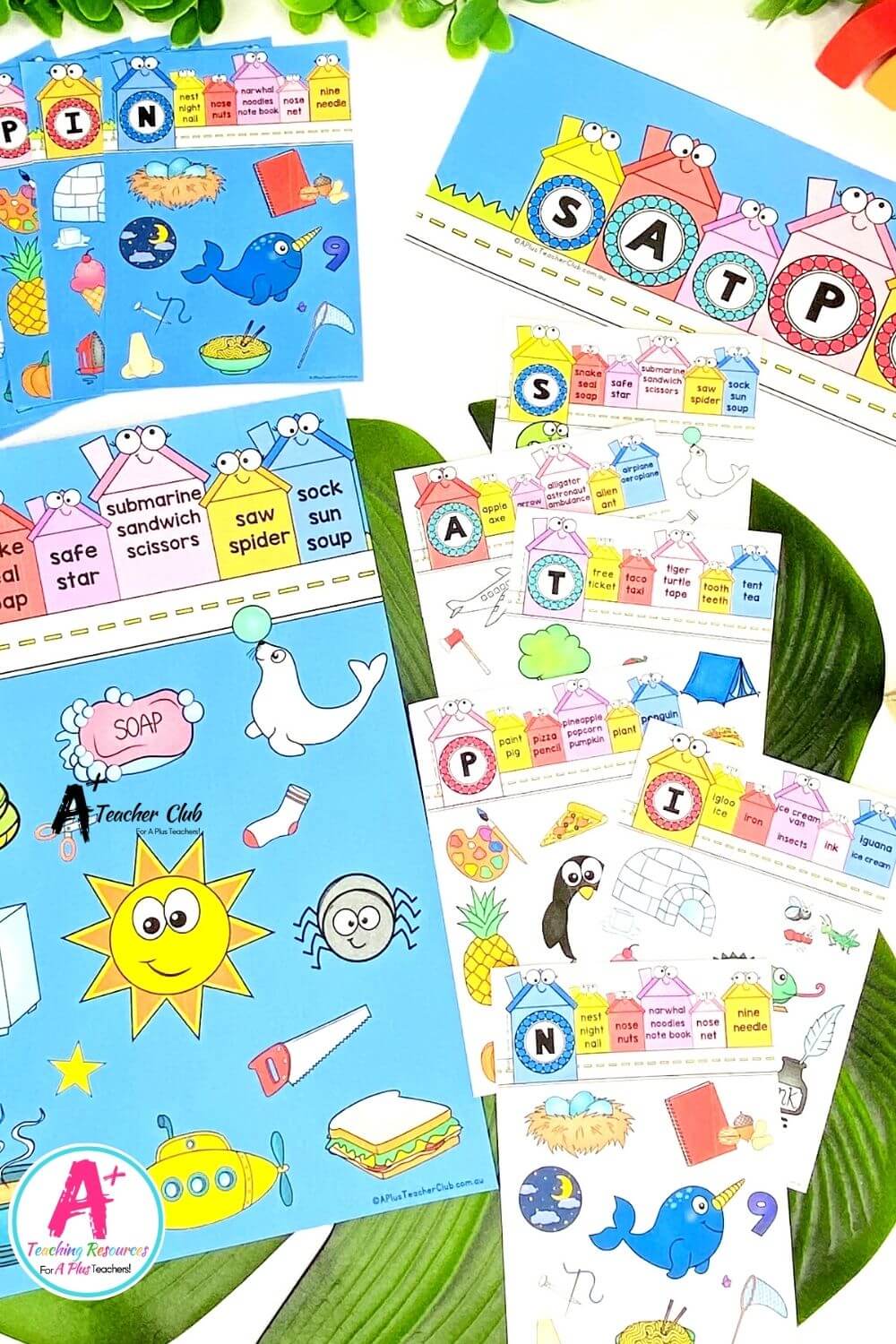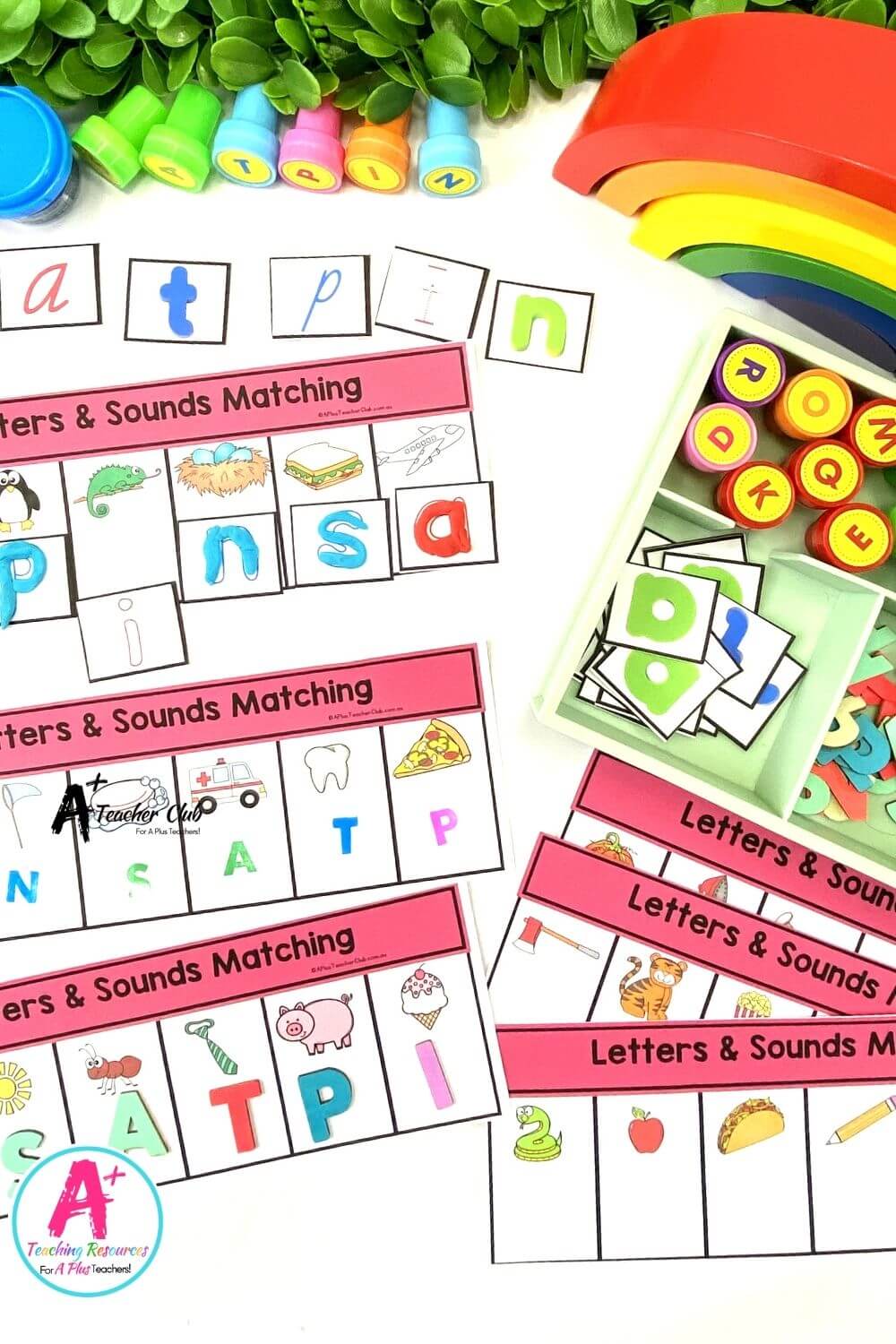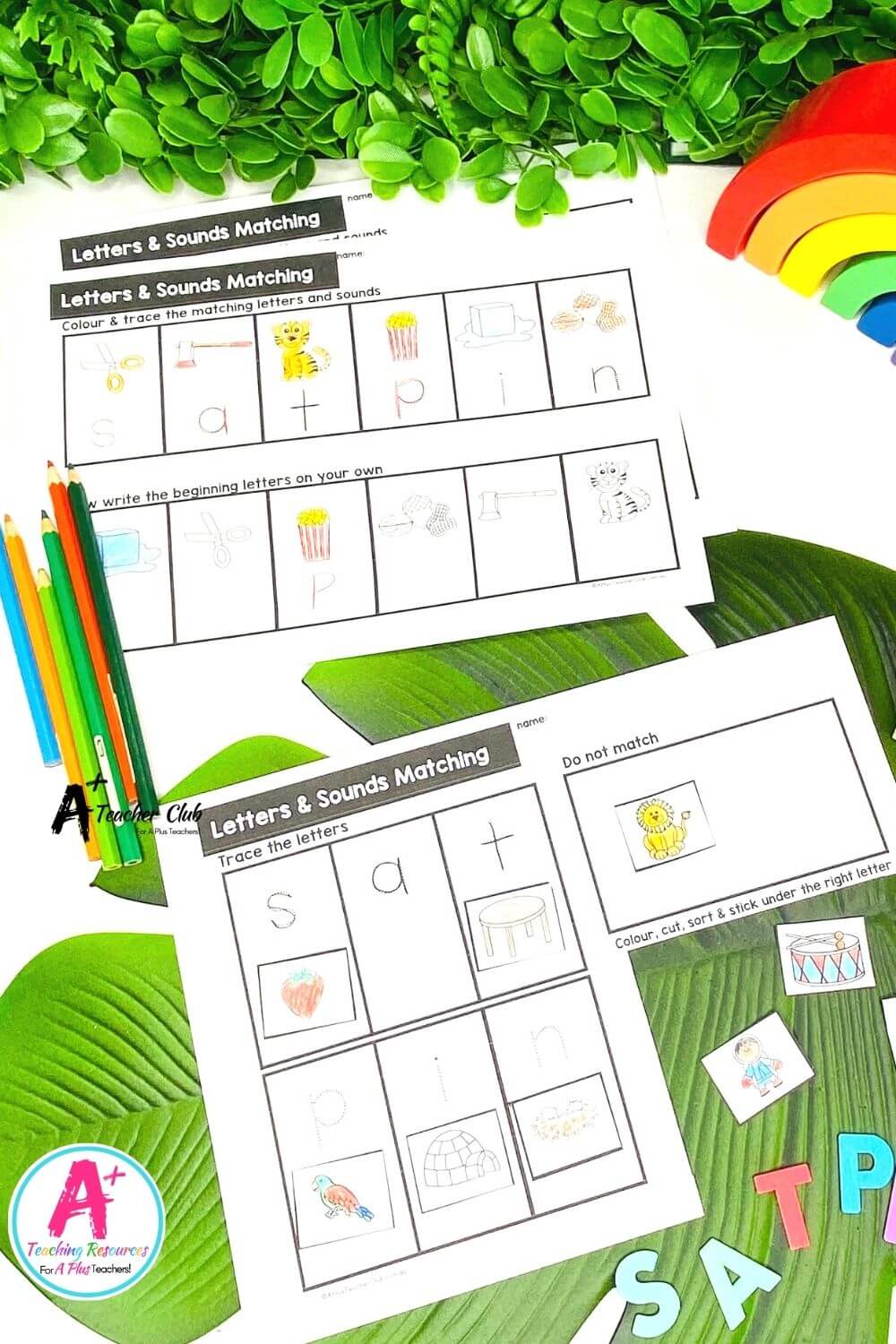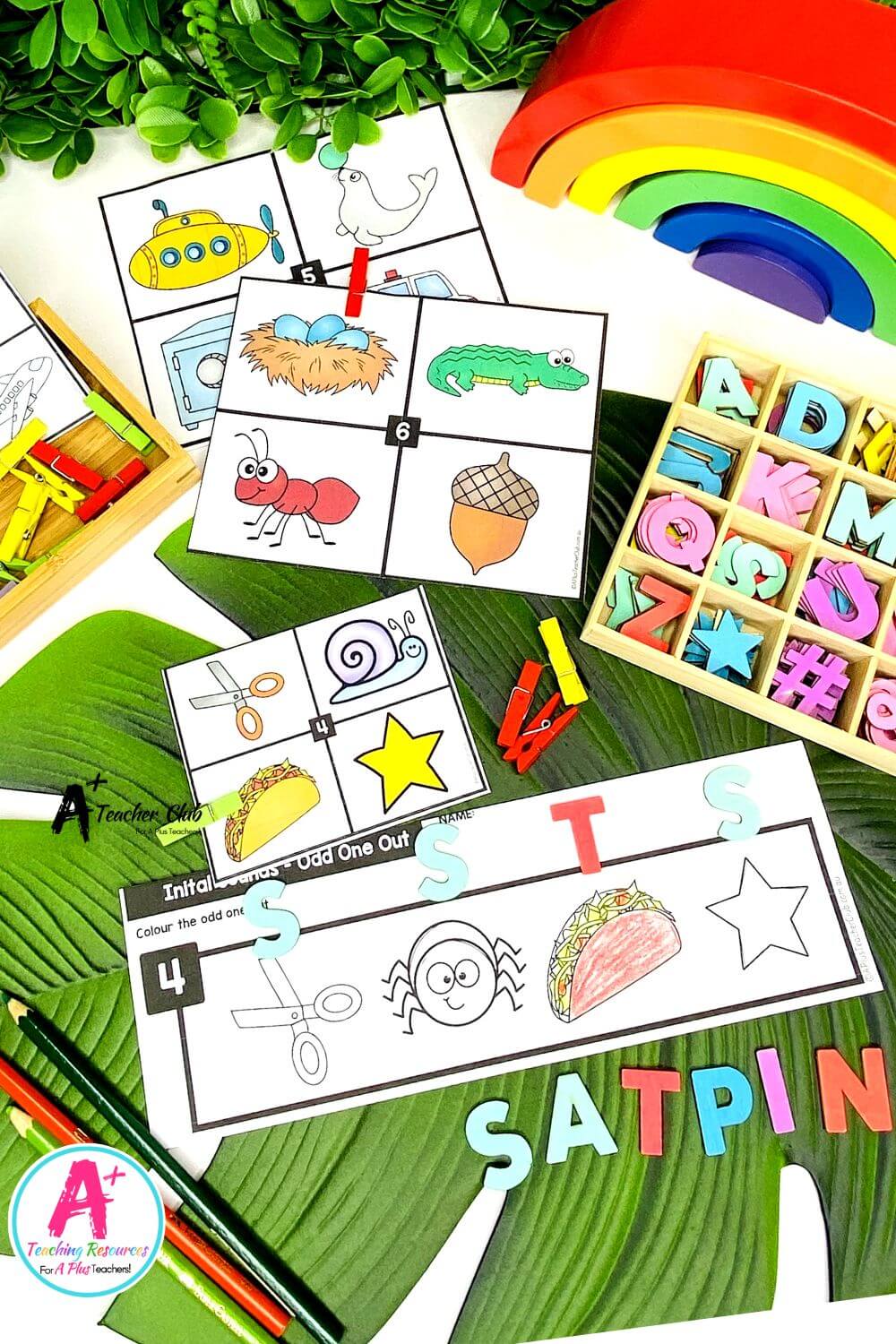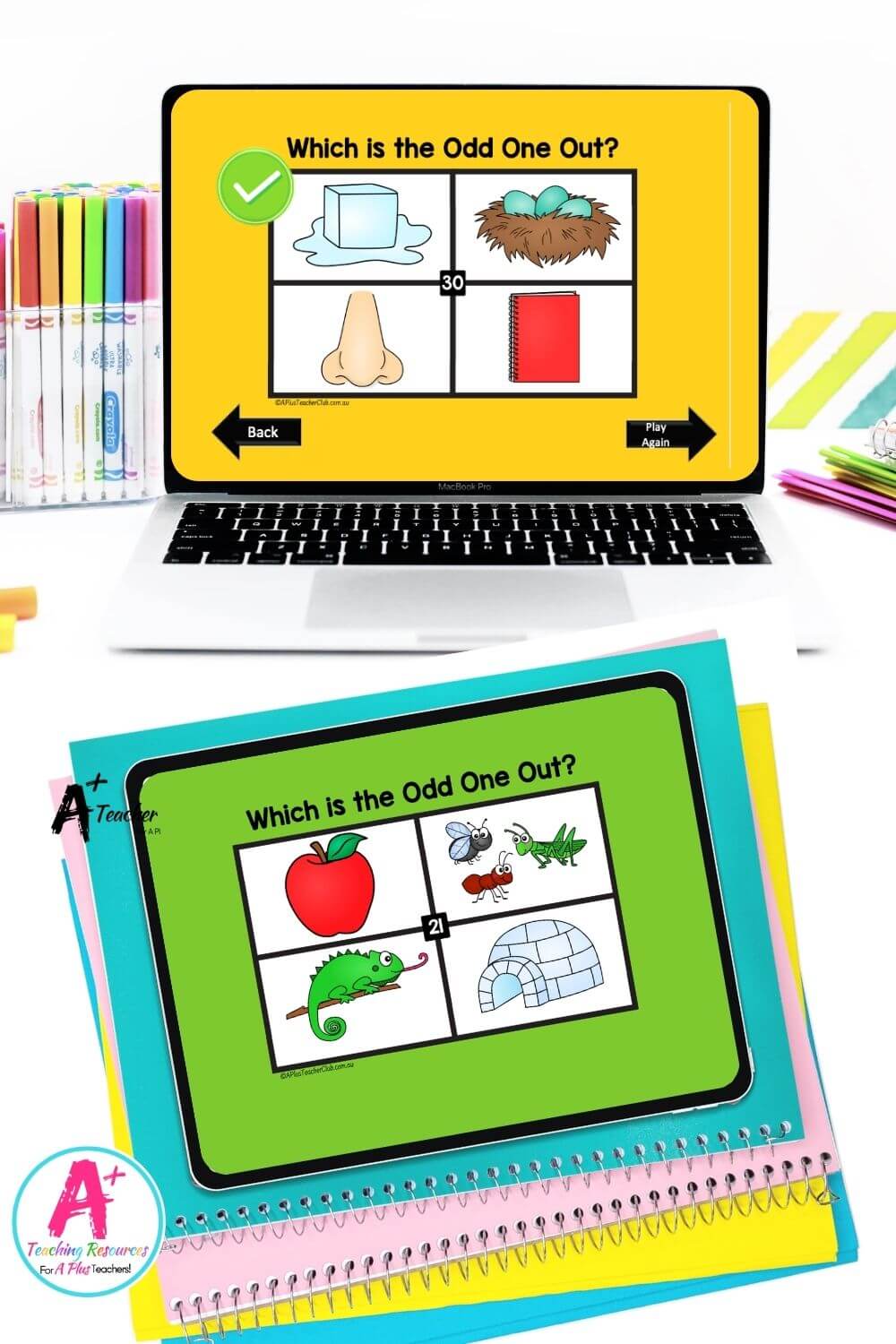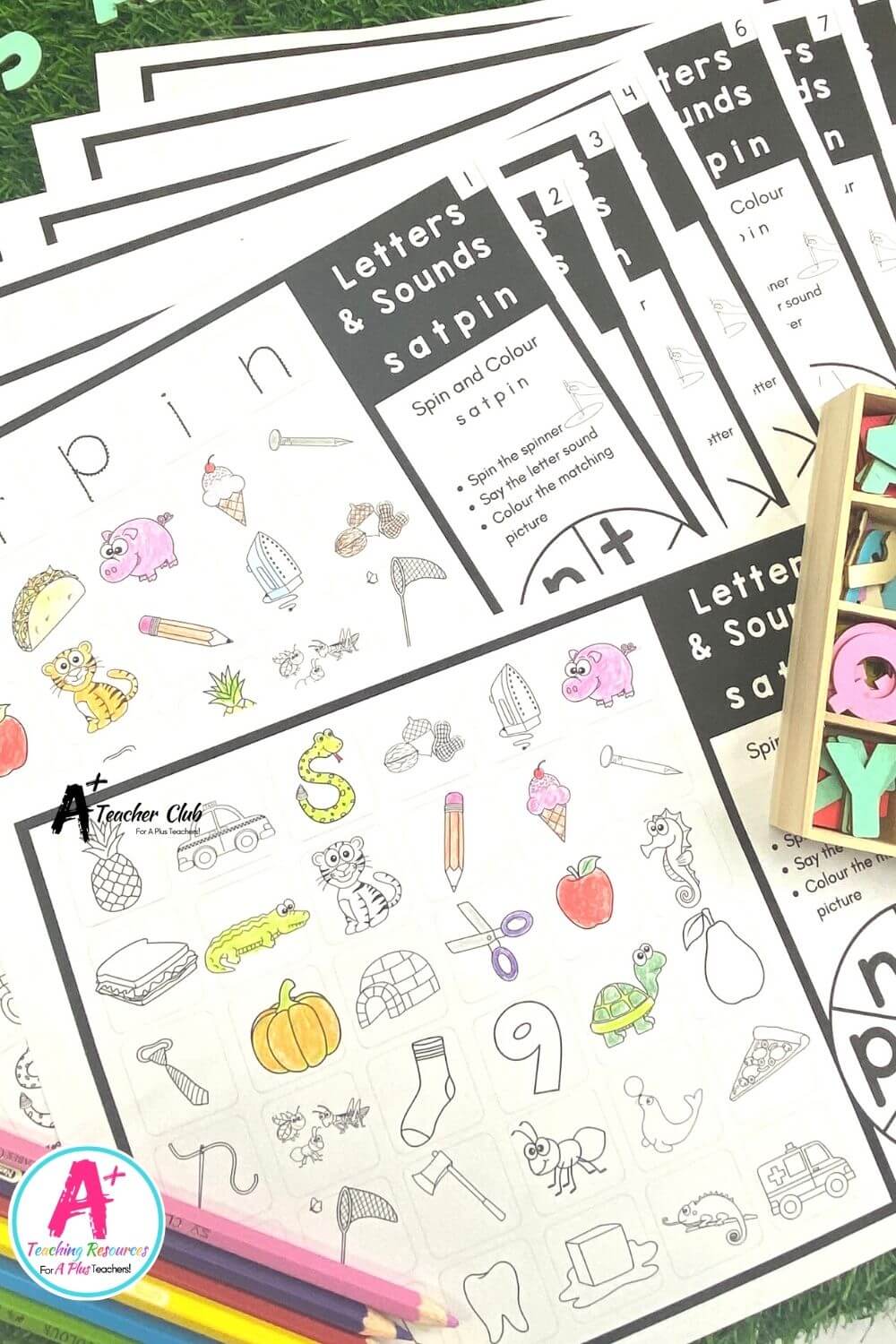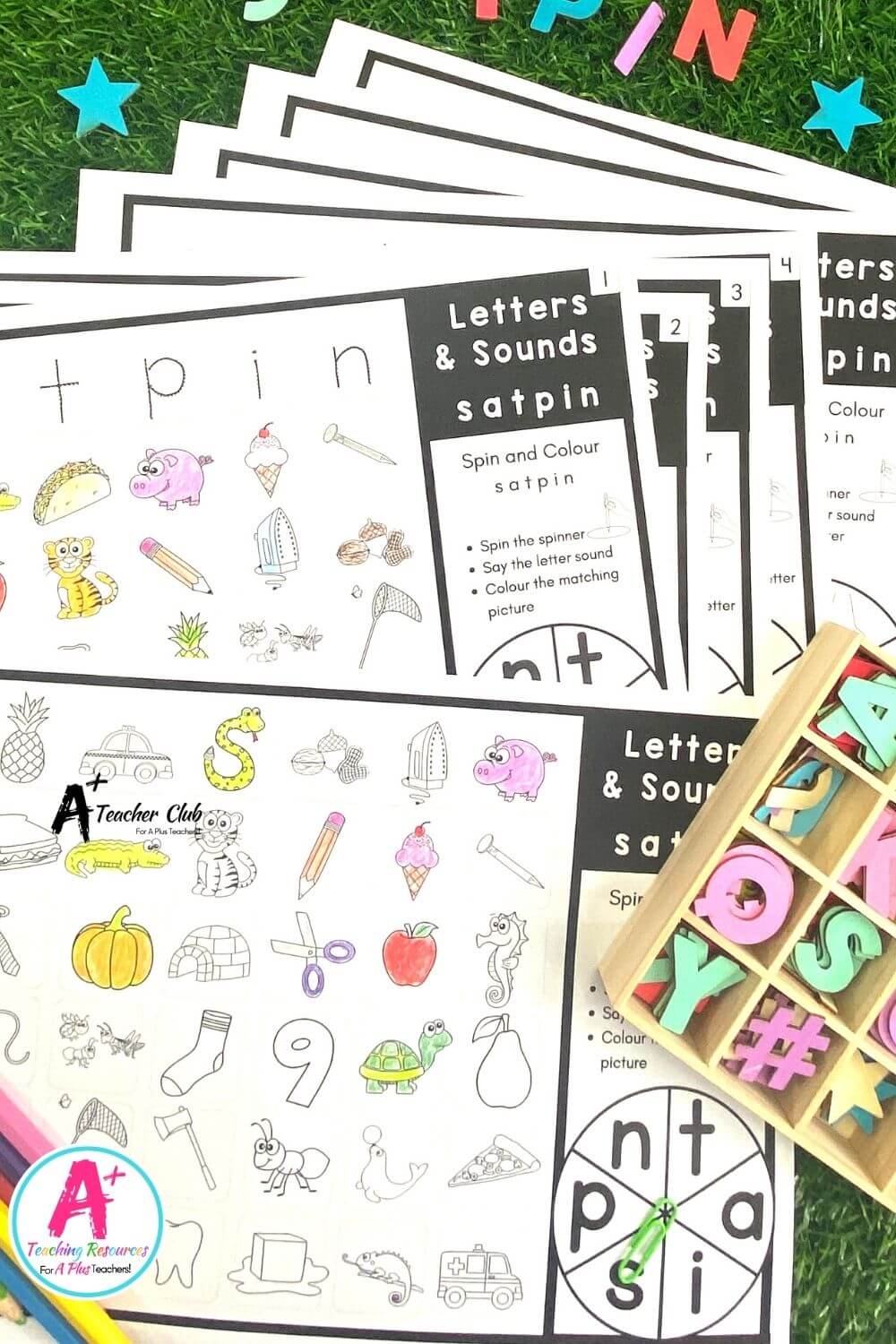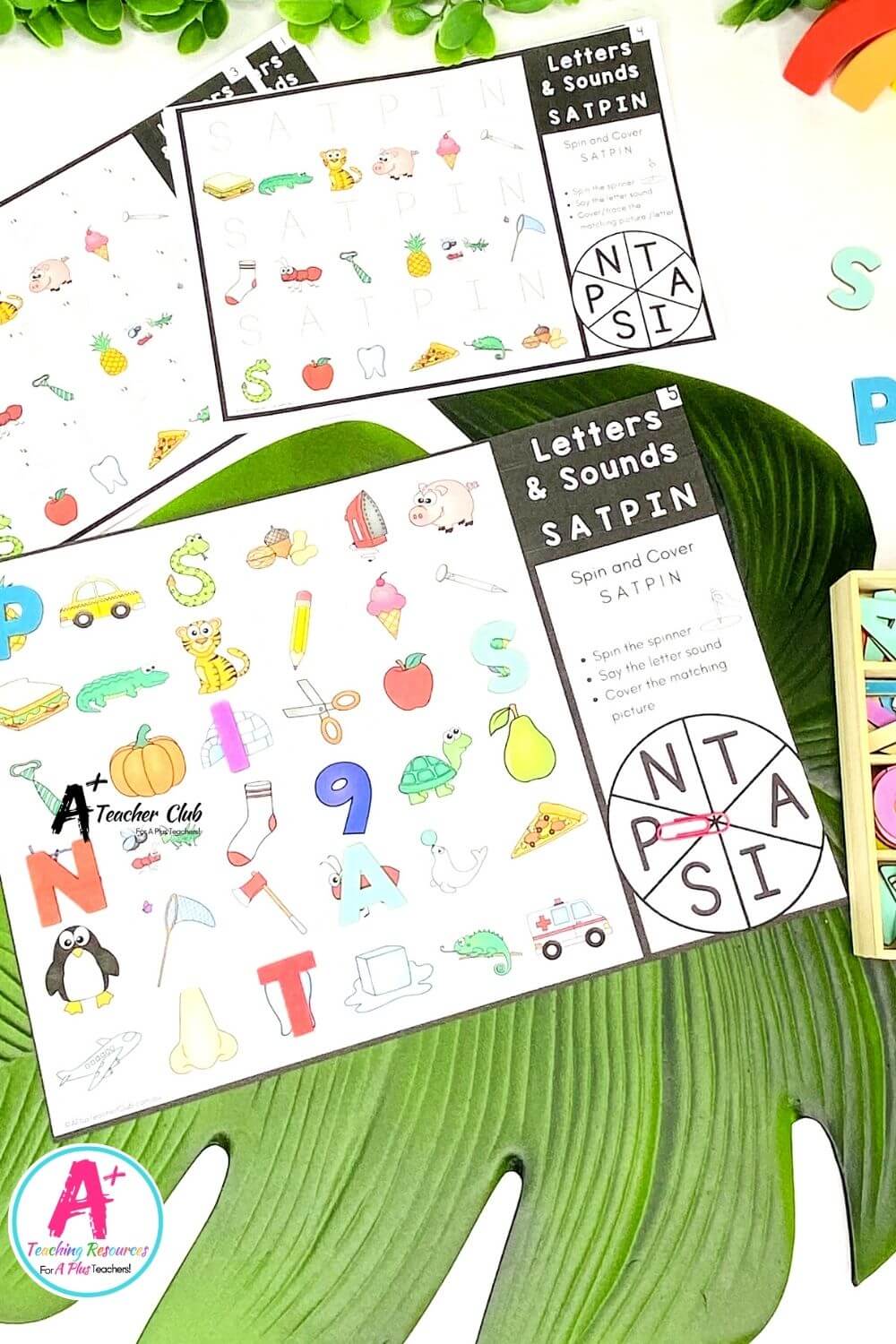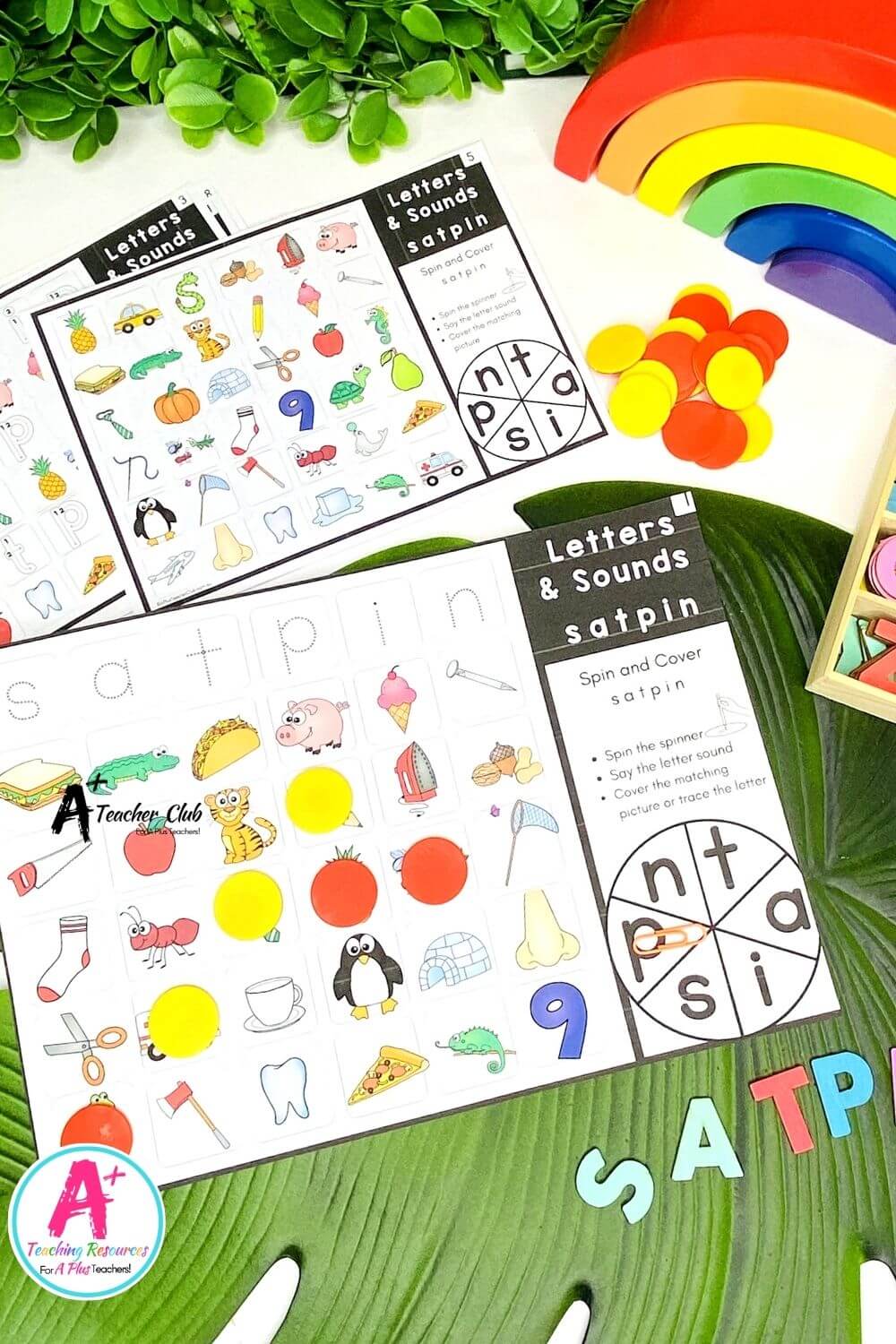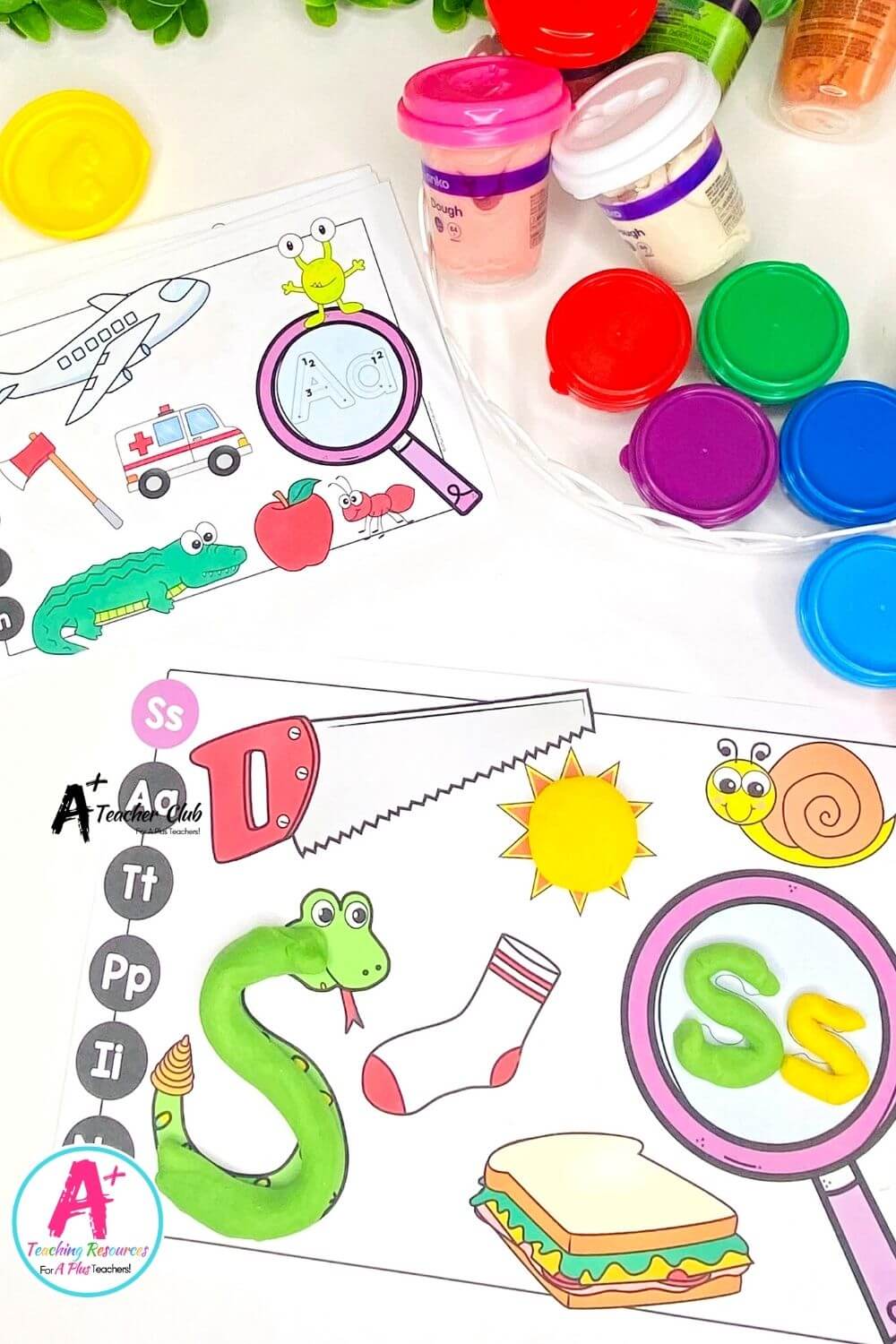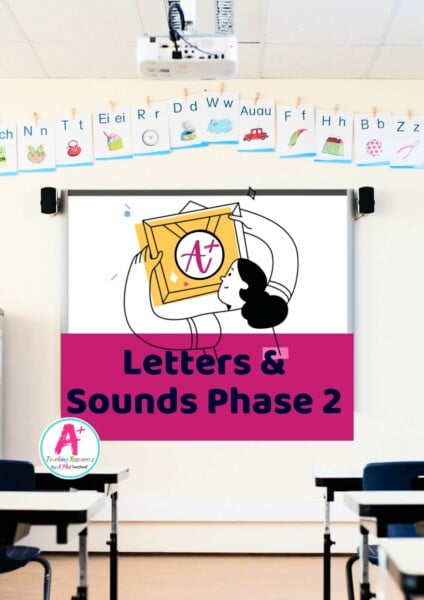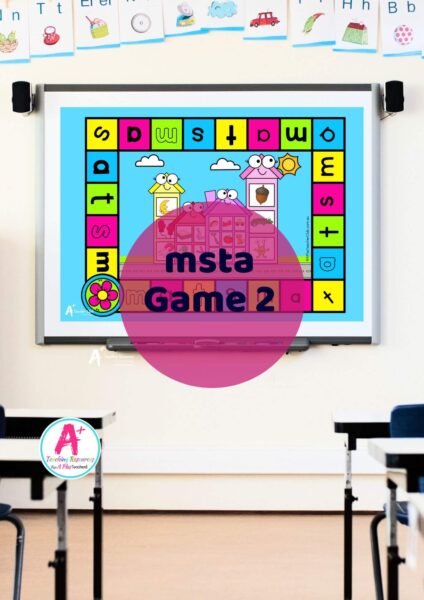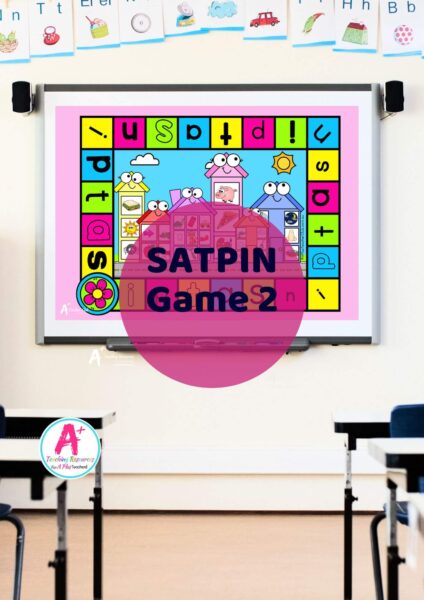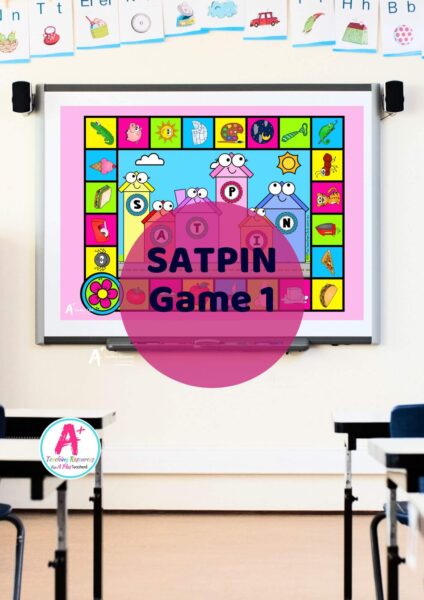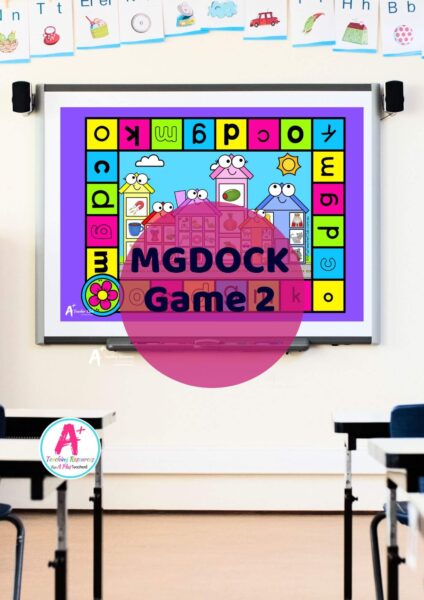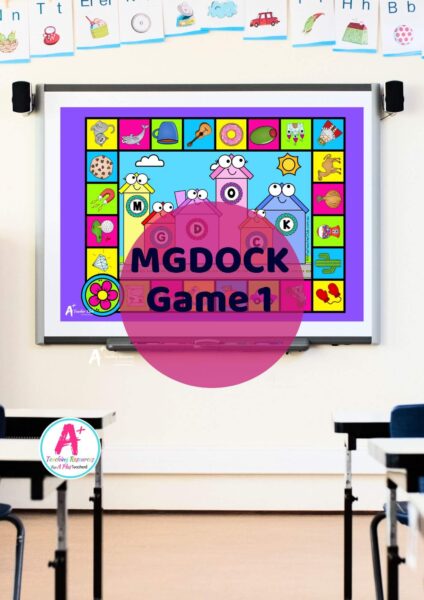SATPIN Activities – Fun Phonics Games for Early Readers
Phonics, Spelling, & Grammar Resources
Struggling to make SATPIN engaging for your early readers? These fun, low-prep phonics games, worksheets, and hands-on activities help Foundation students master their first sounds with confidence — no overwhelm needed.SATPIN teacher printables.
These activities focus on one or two letters at a time, helping young learners identify initial sounds and match them to corresponding letters.
Learning to tell the difference between sounds is a key Early Years literacy skill and the first step in learning to read and write. But getting started with the right phonics activities can be overwhelming!
These activities are designed to build confidence and fluency in early reading abilities.
That’s where we come in with our “Must Have” Letters and Sounds Phonics Games
With our engaging, hands-on SATPIN Activities you can beat the overwhelm and get your children segmenting and blending effortlessly and without the overwhelm.
What is SATPIN?
Definition and Importance
SATPIN is a phonics program that introduces letters and sounds in a specific sequence, starting with the most common letters and sounds that yield the most words. This method is designed to help children learn to read and write by familiarising them with the sounds and letters of the English language in a logical and systematic way.
By focusing on the SATPIN sequence, children can develop essential writing skills and a strong foundation in letters and sounds, which are crucial for their literacy development. The SATPIN program is a cornerstone of phonics education, ensuring that children learn effectively and efficiently.
SATPIN Order for Teaching Phonics
So why start introducing Phonics in the SATPIN order instead of alphabetically? Well, there’s a good reason, research & evidence!
Using the SATPIN letters and sounds order means that students progress naturally and quickly from learning letters & sounds to word building. Many first words can be created using combinations of the SATPIN letter order, e.g. at, sat, pin, pan, tin… compared to creating words using a,b,c,d,e!
So the SATPIN order is perfect for your phonics program. (And used by Jolly Phonics Too!)
SATPIN letter order is in Phase 2 of the Letters and Sounds Synthetics Phonics Program. There are 6 Phases in all, on the DfE website. Each phonics phase outlines specific phonemes and skills that children will learn, such as segmenting and blending. Children entering Phase Two of the phonics program, have completed Phase One and will have experience with phonics in listening activities, including songs, stories and rhymes.
Phase One students can distinguish between speech sounds and many will be able to blend and segment words orally. If students are unable to do this they are not ready to progress into Phase Two and will need more time on Phase One.
Phase Two is where the SATPIN sequence is formally introduced. The purpose of Phase Two is to teach at least 19 letters and move children on from oral blending and segmentation to blending and segmenting with letters to create words. Teaching phonics in this phase involves breaking down phonemes into manageable groups to aid learning.
As children progress through different phases, they will encounter tricky words that are essential for their reading development. The original Letters and Sounds program suggested order for teaching letters is slightly different to the combinations used in most classrooms today but includes the same letters. The original letters and sounds order consisted of 5 sets of letters:
- Set 1 – s, a, t, p
- Set 2 – i, n, m, d
- Set 3 – g, o, c, k
- Set 4 – ck, e, u, r
- Set 5 – h, b, f, ff, l, ll, ss
Over time this order has evolved into the SATPIN letter order, which includes letter order sets:
- set 1 – satpin
- set 2 – ckehrm
- set 3 – dgoulf
- set 4 -bjzwvyxq
In addition to this our research found another set of letter combinations, including:
- msta
- ocdh
- pifr
- bjzw
- vyxq
- bdua (letter confusion)
Using this research we have developed a stack of Letters and Sounds resources to use in your classroom. There are posters, clip cards, spinner games, matching cards, sound sorts and more…
Use the SATPIN teaching printables to build an effective phonics program and get your students will learn:
- s,a,t,p,i,n letters and sounds
- use s,a,t,p,i,n, letters to blend and sound words with s,a,t,p,i,n initial sounds. e.g. s-a-t sat
- segment s,a,t,p,i,n, words
- use words s,a,t,p,i,n words to create simple sentences
Why SATPIN Order Matters
The SATPIN order is significant because it introduces letters and sounds in a sequence that allows children to build their knowledge and skills gradually. By starting with the most common letters and sounds, children can quickly begin to read and write simple words, which boosts their confidence and motivation. This method also helps prevent children from confusing letter names with sounds, a common hurdle in early literacy. By focusing on letters and sounds in the SATPIN order, children can more easily grasp the basics of reading and writing, setting a solid foundation for their future learning.
Benefits of Teaching Letter Sounds in a Specific Order
Teaching letter sounds in a specific order, such as the SATPIN sequence, offers numerous benefits for children. This approach:
- Introduces letters and sounds in a logical and systematic way, making it easier for children to understand and remember.
- Gradually builds on children’s existing knowledge and skills, ensuring steady progress.
- Prevents children from reverting to letter names rather than sounds, which can hinder their ability to read and write.
- Enables children to read and write simple words quickly, boosting their confidence and motivation.
- Provides a structured framework that supports the development of essential literacy skills.
Teaching Letter Recognition
Effective Strategies for Letter Recognition
Teaching letter recognition is a vital component of phonics education. Here are some effective strategies to help children learn to recognize letters:
- Introduce Letters in a Specific Order: Using the SATPIN order can help children learn letter recognition more effectively by starting with the most common letters and sounds.
- Use a Variety of Teaching Methods: Incorporate visual, auditory, and kinesthetic approaches to cater to different learning styles. This can include flashcards, songs, and hands-on activities.
- Provide Practice Opportunities: Give children plenty of chances to practice recognizing letters in different contexts, such as in books, on signs, and in their own writing.
- Incorporate Games and Activities: Make learning fun and engaging with games and activities that reinforce letter recognition, such as matching games, letter hunts, and puzzles.
- Offer Feedback and Encouragement: Provide positive feedback and encouragement to help children build their confidence and stay motivated as they learn letter recognition.
By using these strategies, you can help children learn letter recognition effectively, setting them on the path to successful reading and writing.
Teaching Beginning Letter Sounds
Effective Strategies for Initial Sounds
Teaching beginning letter sounds is a crucial step in phonics development. Here are some effective strategies to help children master initial sounds:
- Introduce Letters in a Specific Sequence: The SATPIN order is a popular and effective sequence for introducing initial sounds. By starting with the most common letters and sounds, children can quickly begin to decode simple words, boosting their confidence and phonics skills.
- Use Multisensory Approaches: Engage children by using multiple senses. Flashcards, posters, and manipulatives can help children see, hear, and touch the letters and sounds, making it easier for them to remember. Incorporating songs and rhymes can also make learning more enjoyable.
- Make It Fun: Turn learning into a game. Use activities like “I Spy” or phonics scavenger hunts to make the process exciting. Games and songs can keep children motivated and eager to learn.
- Practice Regularly: Consistent practice is key. Use a variety of activities and games to reinforce learning. Regular practice helps children solidify their understanding of letter sounds and improves their ability to decode simple words.
By using these strategies, you can help children learn initial sounds effectively, setting a strong foundation for their future reading and writing skills.
Forming Letters
Forming letters correctly is an essential skill for young learners. Here are some strategies to help children develop their letter formation skills:
- Use a Variety of Materials: Provide children with different materials to form letters, such as sand, playdough, or finger paint. These tactile experiences can make learning more engaging and help children remember the shapes of letters.
- Incorporate Visual Aids: Use posters and flashcards that show the correct formation of each letter. Visual aids can serve as helpful references for children as they practice writing.
- Practice with Tracing: Start with tracing activities to help children get used to the shapes and movements required to form each letter. Gradually move on to freehand writing as their confidence grows.
- Encourage Proper Grip: Teach children the correct way to hold a pencil or crayon. A proper grip can make writing easier and more comfortable, leading to better letter formation.
- Make It Fun: Turn letter formation practice into a game. Use activities like “write the letter in the air” or “draw the letter with your finger on a friend’s back” to make learning enjoyable.
By incorporating these strategies, you can help children develop strong letter formation skills, which are crucial for their writing development.
SATPIN Activities
Fun and Educational Ideas
SATPIN activities are designed to make phonics fun and engaging for children. Here are some fun and educational ideas for SATPIN activities:
- Word Building: Use magnetic letters or letter tiles to build simple words like “cat” and “sat.” This hands-on activity helps children understand how letters combine to form words, enhancing their phonics skills.
- Phonics Games: Play games like “I Spy” or a phonics scavenger hunt to help children practice their phonics skills. These games make learning interactive and enjoyable, keeping children engaged.
- Reading and Writing Exercises: Create simple reading and writing exercises using SATPIN letters. Encourage children to read and write simple words and sentences, reinforcing their understanding of letter sounds and word formation.
- Letter Hunts: Organize a letter hunt around the classroom or at home. Have children find objects that start with the SATPIN letters. This activity helps children connect letter sounds to real-world objects.
- Make and Take: Have children create simple words using SATPIN letters and take them home to practice reading and writing. This reinforces learning outside the classroom and involves parents in the learning process.
These activities are designed to be fun and engaging while helping children develop their phonics skills and build their confidence in reading and writing. By incorporating these ideas into your teaching, you can create a dynamic and effective phonics program.
Resources listed in this collection
Click to jump to...-
SATPIN Spin & Sort Game
-
SATPIN Board Game
-
SATPIN Matching Cards - Caterpillars & Butterflies
-
SATPIN Letter Formation Roll & Colour Dice Games (B&W)
-
SATPIN 2 Piece Puzzles
-
SATPIN Strip Puzzles
-
SATPIN Posters
-
SATPIN Colour Sorting Strips
-
SATPIN B&W Sorting Strips
-
SATPIN Odd One Out Clip Cards
-
SATPIN Odd One Out PowerPoint Game
-
SATPIN Spin & Colour Worksheets (B&W UPPER CASE)
-
SATPIN Spin & Colour Worksheets (B&W LOWER CASE)
-
SATPIN Spinner Games (COLOUR UPPER CASE)
-
SATPIN Spinner Games (COLOUR LOWER CASE)
-
SATPIN Playdough Mats
SATPIN Activities
Explore tags
More Letters & Sounds Activities
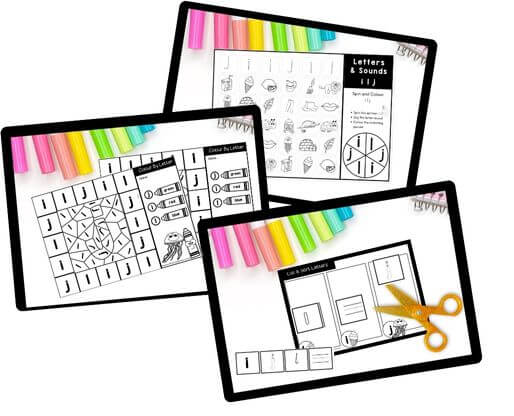
Letter Confusions & Reversals
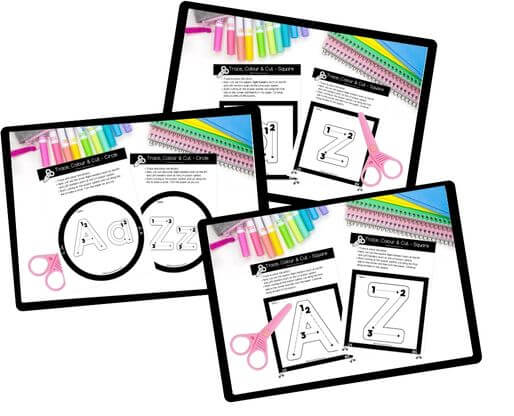
Cutting Activities - Shapes
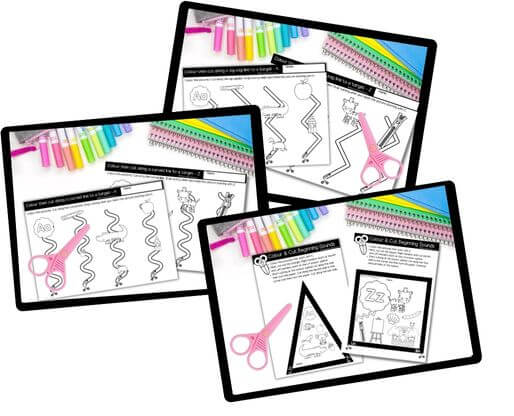
Cutting Activities - Initial Sounds
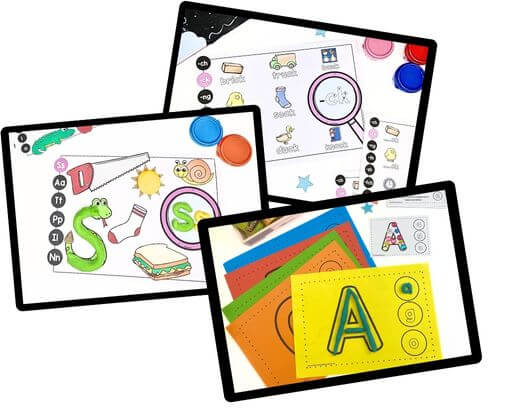
Fine Motor - Phonics Playdough Mats
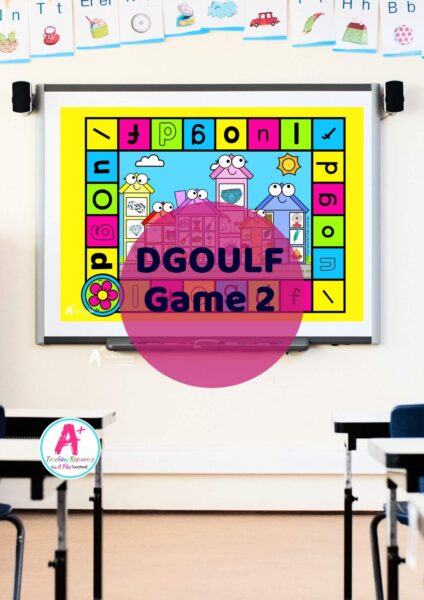
DIGI DGOULF Dice Game
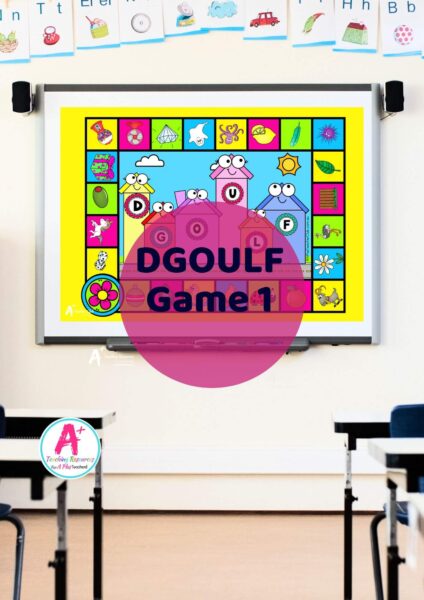
DIGI DGOULF Dice Game
Can't find what you're looking for?
Send us a request! Use this form to request a resource. Please give details of the learning area, topic, year level, curriculum links. We’ll be happy to take a look to see if we can fit it in. Unfortunately a request does not guarantee we will be able to make it!
"*" indicates required fields

